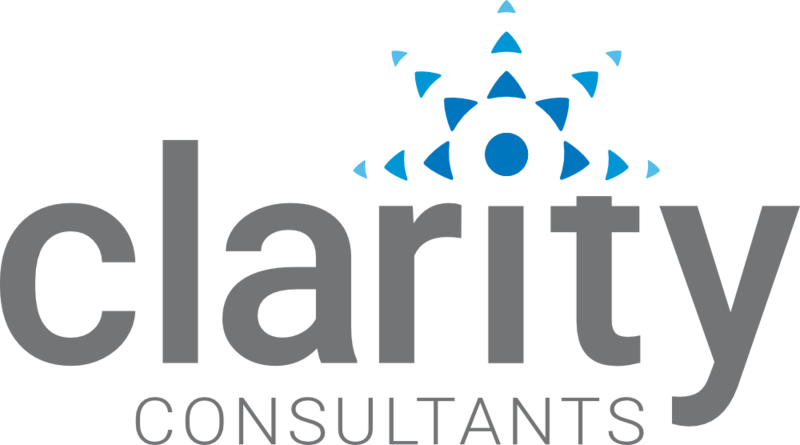ATD Blog
Finite Attention Spans and Employee Agility Drive Corporate Training Trends
Wed Nov 22 2023

Rapid change and the need for employees who can adapt to uncertainty with flexibility and proactiveness will continue to drive corporate training budgets.
The advantages of having a potent corporate learning program have been accentuated in the past three years. L&D leaders have been instrumental in helping employers and employees pivot to pandemic protocols and navigate both remote and hybrid operations and corporate culture.
As overall L&D spending for corporate budgets continues to increase, two prominent learning trends from 2023 are expected to remain relevant in 2024 (and likely beyond): continuous learning and microlearning.
Continuous Learning = An Agile Workforce
LinkedIn’s 2023 Workplace Learning Report looked at the factors most important to job seekers when evaluating a new career opportunity. The survey provided insight into how job seeker motivation varies across age groups.
The youngest age group surveyed (ages 18–34) were most likely to prioritize career growth and opportunities for acquiring new skills.
The importance of continuous learning and its direct correlation to individual and organizational success is not a new idea. Continuous learning increases corporate competitiveness and helps employees and employers achieve long-term professional goals.
When viewed in the context of an unstable or uncertain job market, continuous learning is essential to creating and maintaining an agile workforce and operations.
For individuals, agility fuels career growth and relevance. It also represents the importance of workplace resilience. For organizations, agility equals the ability to survive and thrive in unpredictable job and economic markets. In addition to building a more resilient and adaptable future, continuous learning offers tangible benefits of professional growth, higher job satisfaction, and improved performance.
Microlearning
According to the World Economic Forum, Gen Z will account for more than a quarter of the workforce by 2025. Let’s think about that for a moment— Gen Z has never existed in a world without communication character limits, hyper-speed scrolling, immediate answers to spontaneous questions, condensed personal headlines summarizing an entire career, text acronyms and emojis, or messages that disappear as quickly as they appeared.
TikTok’s appeal is largely due to the quick consumption of its videos. They exist just long enough to deliver instant information in an entertaining way, share it with friends, and move on. The time commitment is minimal.
Video content is on average fast and easy to digest, and coupling images with audio increases subject matter recall. Short, interesting videos also increase the chances of learners sharing it with their peers, magnifying its impact.
It’s not surprising then that sharply reduced attention spans and extreme social media multitasking have changed the ways in which we process new information, and subsequently, the methods for how training leadership approaches corporate learning.
The emphasis on communicating quickly and succinctly has deeply influenced the ways in which we connect with one another.
Microlearning has also infiltrated our consumption of news articles and online opinion pieces. Many stories now provide an “advisory,” similar to a real-time traffic report, telling you how many minutes it should take you to read the article.
These trends are also reflected in many training surveys conducted by staffing firms, industry publications, and social media companies such as LinkedIn.
David Faro, senior manager of workforce and business development at the National Restaurant Association, notes, “The generation that we’re training now knows that information should be quickly available at their fingertips in an easily digestible format. When they need to know something, they go online with complete confidence that they will find the information they need. Training should be the same way.”
More from ATD


